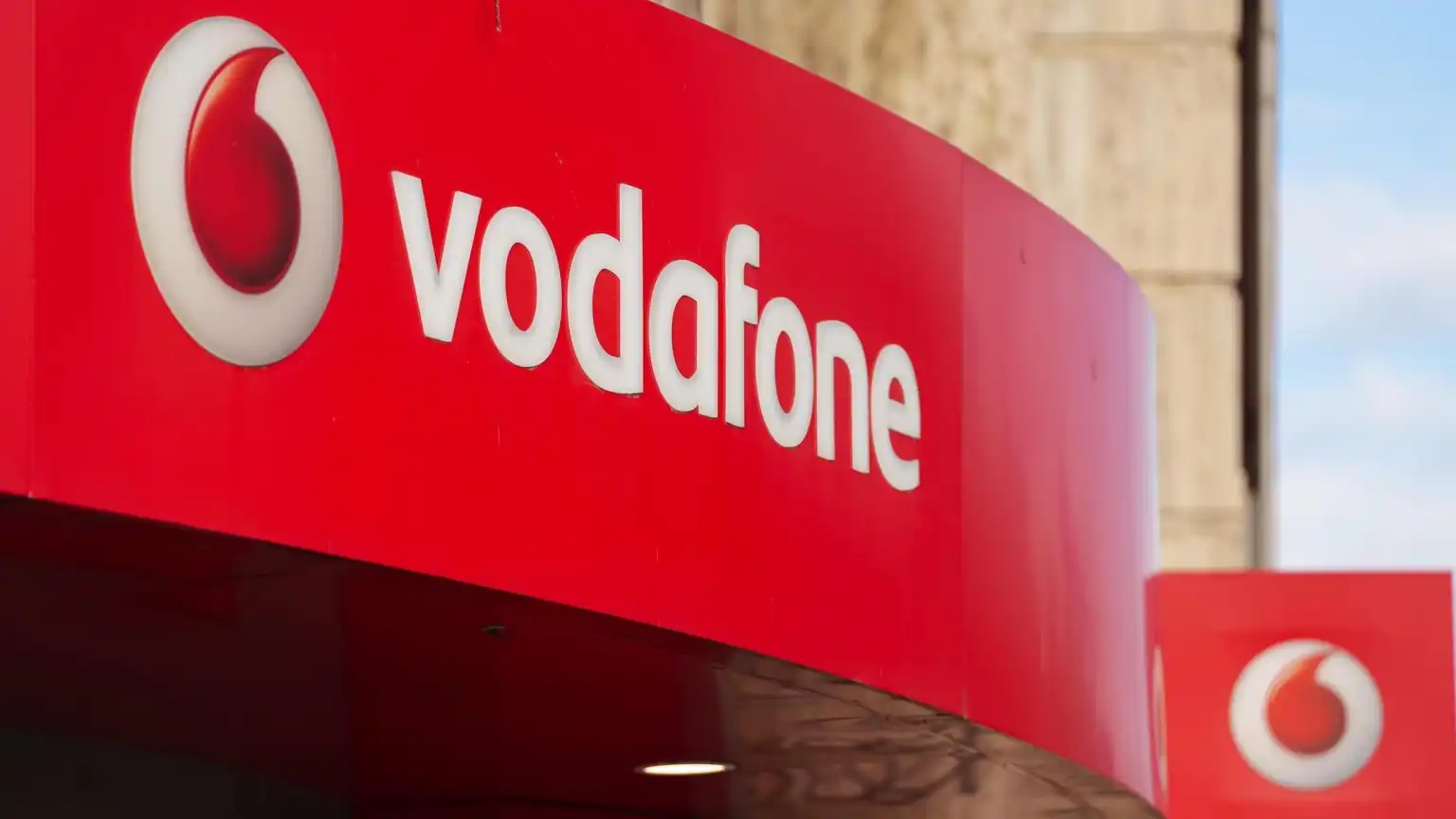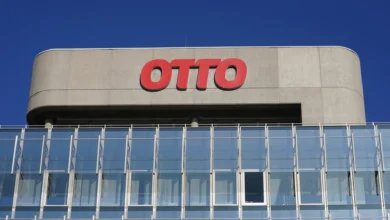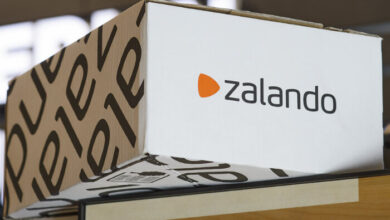Vodafone Störung Aktuell: Understanding Today’s Connectivity Challenges

Introduction: Why Vodafone Disruptions Matter Now
When we hear the phrase “Vodafone Störung aktuell”, it immediately strikes a chord with countless users across Europe. Vodafone, one of the leading telecommunications providers, is relied upon by millions for mobile networks, broadband, and business services. So, whenever there is an outage or disruption, it quickly becomes a trending concern. The term itself, often searched by frustrated customers, highlights just how dependent we’ve become on uninterrupted digital connections.
In today’s world, internet and mobile services are no longer luxuries—they’re lifelines. From remote work and streaming entertainment to handling banking or healthcare online, people expect smooth, round-the-clock connectivity. A sudden disruption in Vodafone’s network not only interrupts leisure but can also halt productivity and even affect safety in some cases. That’s why keeping track of “Vodafone Störung aktuell” has become more than a curiosity—it’s a necessity.
What makes the issue even more interesting is how widespread and varied these outages can be. Sometimes it’s a local disruption in one city, other times it’s a nationwide glitch affecting both mobile data and broadband. Understanding why these disruptions occur and how Vodafone addresses them can help users stay informed and less stressed when they happen.
This article will break down the phenomenon of Vodafone disruptions, examine why they happen, how customers react, and what the company does to minimize impact. By the end, you’ll not only have a clearer picture of what “Vodafone Störung aktuell” really means but also some practical insights to handle them better.
The Nature of Vodafone Disruptions

Vodafone störung aktuell at its core, a “Störung” simply means a disturbance or malfunction. In Vodafone’s case, this can take many forms: dropped calls, slow or non-existent mobile data, broadband outages, or even issues with TV services bundled through their infrastructure.
One of the most common causes of these disruptions lies in the technical backbone of telecommunications. Vodafone störung aktuell networks are complex webs of servers, data centers, fiber optic cables, and mobile towers. A minor glitch at one node can ripple across, causing widespread effects. Sometimes these problems stem from software updates, where a new patch doesn’t integrate smoothly with existing systems. Other times, it may be hardware failure—an overworked server, a faulty tower, or even accidental cable damage during construction work.
But not all disruptions are technical accidents. Weather conditions, such as heavy storms, floods, or even extreme heat, can interfere with physical infrastructure. Vodafone störung aktuell in rural areas, weak signal strength due to fewer cell towers can make such problems more noticeable. Additionally, cyberattacks have become a growing threat, occasionally targeting telecom operators to disrupt services on a massive scale.
What makes Vodafone’s case unique is its sheer size and global reach. Operating across multiple countries, the company has to juggle different regulations, technologies, and customer expectations. So when a disruption occurs, it can spread quickly and affect millions simultaneously, making “Vodafone Störung aktuell” a hot search term within minutes.
Why Customers Notice Instantly
One fascinating aspect of Vodafone disruptions is how quickly customers react. In the past, people might not have noticed a few minutes of lost signal, but today the dependency on digital services is so strong that even a short disruption feels catastrophic.
Consider someone working remotely who suddenly loses broadband during a video conference. Vodafone störung aktuell or a student taking an online exam, only to be cut off mid-test. Even entertainment-related scenarios—like being unable to stream a favorite show or access social media—fuel frustration. These moments make people immediately reach for their smartphones to check if it’s just them or a larger issue.
Social media platforms like Twitter (now X), Facebook groups, and dedicated outage-monitoring websites amplify this reaction. A quick flood of posts using hashtags like #vodafone störung aktuell creates a collective awareness. This crowdsourced confirmation reassures users that the problem isn’t isolated but shared. In a way, customers become their own first-line outage reporters.
This rapid response has both pros and cons for Vodafone. On one hand, it helps spread awareness of the disruption. On the other, it can escalate public pressure on the company to deliver explanations and solutions faster. That’s why Vodafone often finds itself in the spotlight whenever “Vodafone Störung aktuell” begins trending.
Vodafone’s Approach to Fixing Disruptions
When disruptions occur, the real question customers ask is: How long will it take to fix? Vodafone, like other major providers, has a structured approach to resolving outages.
First, their monitoring systems constantly track network performance. When unusual traffic patterns or signal drops occur, engineers are alerted instantly. Vodafone störung aktuell this proactive detection often means Vodafone is aware of a disruption even before customers start complaining. From there, technical teams diagnose whether the problem lies in software, hardware, or external factors.
For localized issues, field teams may be dispatched to repair damaged infrastructure. For broader, software-related problems, remote fixes are usually applied through system resets or updates. In most cases, Vodafone tries to provide estimated timelines for resolution on its website or customer service lines. Transparency plays a key role here—users tend to be more patient when they know what’s going on.
Interestingly, Vodafone has also invested in redundancy systems. These are essentially backups that allow traffic to be rerouted when one part of the network fails. While not foolproof, they do help reduce downtime. However, when a nationwide glitch occurs, even redundancies can fall short. That’s when customer service is put under immense strain, dealing with inquiries, complaints, and requests for compensation.
The Emotional Side of Connectivity Loss
Beyond technical explanations, there’s a psychological side to “Vodafone Störung aktuell” that shouldn’t be overlooked. Losing connectivity triggers more than inconvenience—it creates a sense of disconnection from the world.
Think of how many daily interactions rely on instant messaging apps, emails, or video calls. A sudden outage doesn’t just stop communication; it disrupts routines, relationships, and responsibilities. Many users report feeling anxious or even helpless during longer outages, especially if they rely on Vodafone for work-related needs.
This emotional response explains why customer frustration can escalate so quickly online. People aren’t just angry about a technical problem—they’re reacting to the sudden gap in their personal and professional lives. For Vodafone, understanding this emotional aspect is just as important as fixing the actual disruption. Effective communication during these moments—such as timely updates, clear explanations, and empathetic responses—can go a long way in softening customer dissatisfaction.
How Users Can Respond During a Disruption
While Vodafone bears the main responsibility for resolving outages, users can also take proactive steps when they encounter disruptions.
First, it’s always useful to check whether the issue is widespread or isolated. Websites like “allestörungen.de” (All Disruptions) provide real-time reports of outages, allowing users to confirm if others are experiencing the same problem. Restarting devices, resetting routers, or switching between Wi-Fi and mobile data are also basic troubleshooting steps that can sometimes restore connectivity.
Another practical tip is to keep a backup internet option. For example, using a mobile hotspot from another provider, or relying on public Wi-Fi in urgent cases, can bridge the gap until Vodafone restores service. For businesses, redundancy is even more critical—having contracts with multiple providers ensures continuity in case of widespread outages.
Finally, customers should be aware of their rights. In some regions, if an outage lasts beyond a certain timeframe, users may be entitled to refunds or compensation. Keeping records of disruptions and contacting Vodafone’s customer service can help in claiming such benefits.
Looking Ahead: Will Disruptions Ever Disappear?
The honest answer is no—disruptions are an unavoidable part of telecommunications. With increasing demand for faster networks, the complexity of infrastructure grows, and so does the chance of failures. However, the goal for companies like Vodafone is to reduce both the frequency and the impact of these disruptions.
Future technologies, such as 5G and fiber expansion, promise more resilient networks. Artificial intelligence is also being integrated into monitoring systems, allowing for predictive maintenance and faster problem-solving. These advancements may not completely eliminate “Vodafone Störung aktuell” moments, but they can make them less disruptive and shorter in duration.
For customers, the key lies in balancing expectations. While complete perfection isn’t realistic, holding Vodafone accountable for transparency, reliability, and quick recovery is fair. In the long run, a strong partnership between providers and customers will shape how smoothly our digital lives function.
Conclusion: Beyond the Buzzword
“Vodafone Störung aktuell” may appear as just another trending search term, but it reflects something deeper—our society’s dependence on seamless connectivity. Each disruption reveals not only technical vulnerabilities but also emotional and practical challenges in people’s lives.
By understanding why disruptions occur, how Vodafone addresses them, and how customers can respond, we gain a more balanced perspective. Outages are frustrating, but they are also opportunities for both companies and users to adapt, innovate, and prepare better for the future.
So the next time you see “Vodafone Störung aktuell” flashing across your screen, you’ll know it’s more than just a glitch—it’s a reminder of the invisible threads that connect us all in the digital age.



